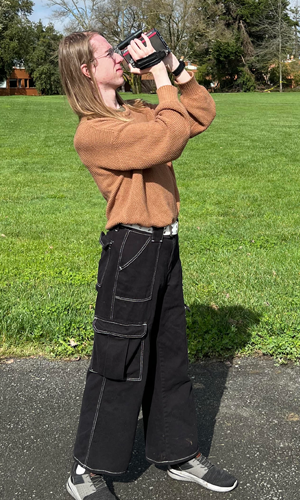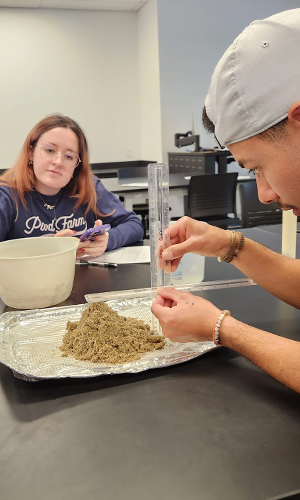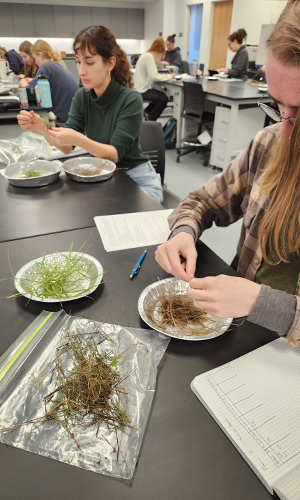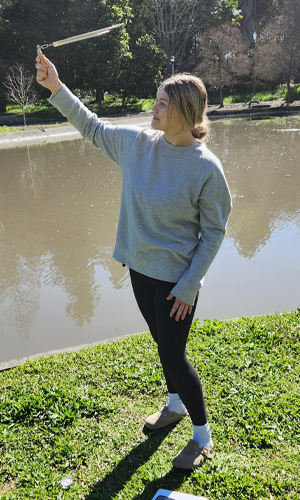Physical Science Lab
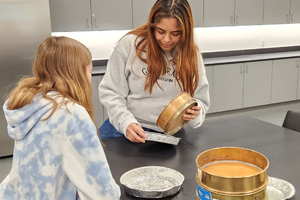
The Physical Science lab is a wet-lab equipped with two fume hoods and a variety of analytical equipment to facilitate the hands-on gathering, exploration, and analysis of environmental data in the ecological, geological, and physical sciences. The lab is ADA compliant.
Specialized laboratory equipment includes oven and furnace, centrifuge, high resolution balance, microscopes, spectrophotometer, and soil sieves. The lab also houses our extensive field equipment which includes a variety of survey equipment, soil, sediment and tree sampling apparatus, and water quality testing equipment.
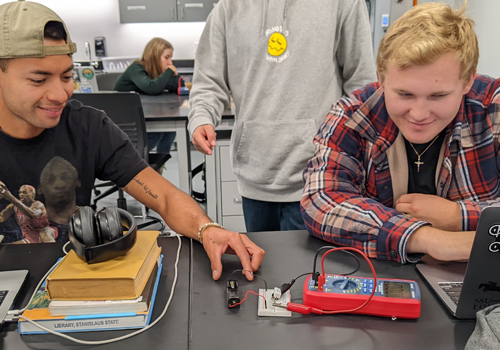
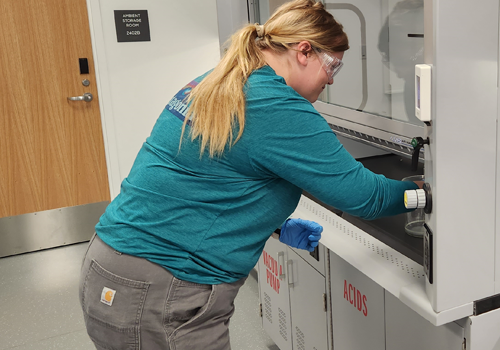
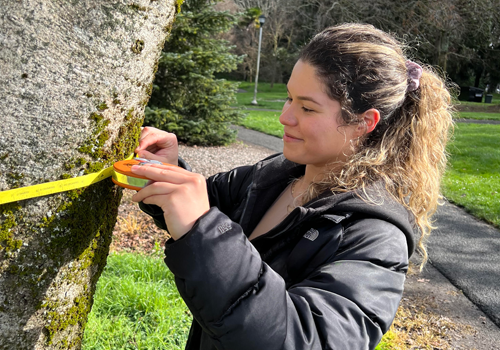
GEP Courses Utilizing This Space Include:
GEP 201B GLOBAL ENVIRONMENTAL SYSTEMS LAB Introduction to physical earth processes through laboratory and field exercises. Lab includes observations, hands-on experiments, data collection and practical exercises involving weather, climate, soils, running water, landforms, and vegetation. Includes map fundamentals and interpretation.
GEP 344 FIELD METHODS This course provides hands-on experience with field sampling techniques commonly used in biophysical data collection and spatial inquiry. Course topics include sample design, field measurements, statistical data analysis, report writing, and the use of field equipment. Field work will be conducted mainly in the Fairfield Osborn Preserve and surrounding area. Data collected from vegetation sampling, soil descriptions, microclimate measurements, and geomorphologic observations will be used to interpret the natural and anthropogenic landscape. Throughout the course, students will work with Global Positioning System (GPS) units to accurately locate their field samples on the Earth, allowing for subsequent spatial analysis.
GEP 345 LAB METHODS This course provides hands-on experience with laboratory analysis techniques commonly used in physical geography. Topics include stratigraphic and laboratory analyses, report writing, and data presentation. Data collected from soil and sediment profiles and tree rings will be used to interpret environmental conditions. Students will follow laboratory methods, protocols, and use analytical equipment.
GEP 350 GEOMORPHOLOGY Explores the relationships between surface processes such as weathering, mass movements, running water, wind, waves, and glacial ice, and the landforms these processes create. The course looks at geomorphic systems and the role of tectonics and climate in changing the balance of these systems. Actual research projects are presented to demonstrate geomorphic approaches to environmental questions. Students are exposed to research methods in the field and lab. Field trips and field reports, use of maps, and hands-on labs are included. A fee will be charged for this course.
